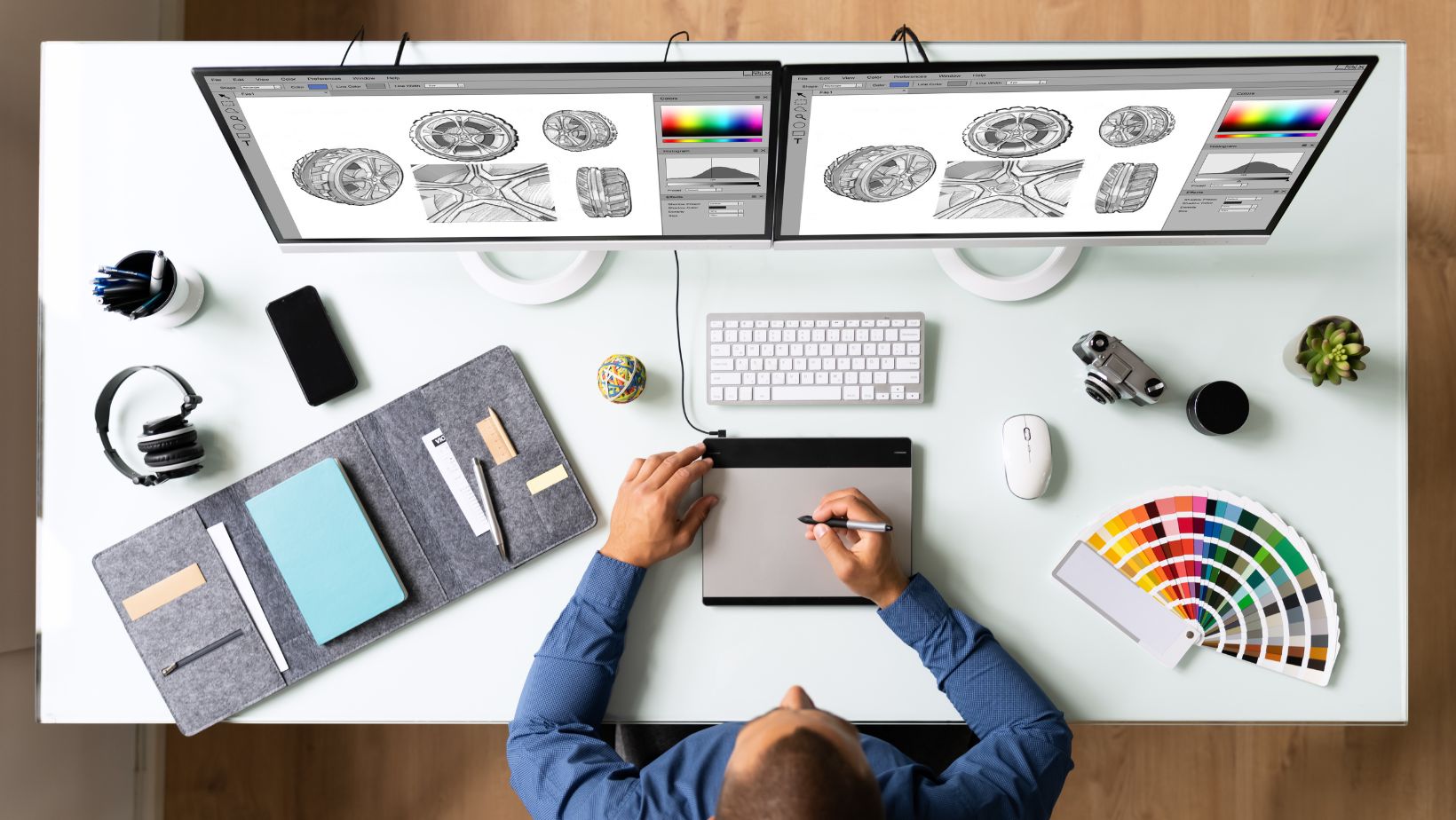
Navigating the world of Adobe Illustrator can be daunting, especially for beginners. However, mastering the art of joining anchor points is a fundamental skill that every designer should have in their toolkit. In this comprehensive guide, I’ll break down the step-by-step process of joining anchor points in Illustrator, from selecting the right tools to executing the perfect join. With my tried and tested methods, you’ll be able to create professional-looking designs with ease.
Joining anchor points may seem like a simple task, but it requires precision and attention to detail. In this article, I’ll walk you through the various methods of joining anchor points in Illustrator, including using the Pen tool, the Direct Selection tool, and the Join command. Whether you’re a beginner or an experienced designer looking to refresh your skills, this guide will provide you with the knowledge and confidence to join anchor points like a pro. So, let’s dive in and discover the secrets of seamless design in Illustrator.
Table of Contents
ToggleWhat are Anchor Points in Illustrator?
Have you ever wondered what those little dots on your Illustrator canvas are? Well, those are anchor points, and they play a crucial role in creating precise and smooth paths in your designs. In this section, I’ll explain what anchor points are and why they are essential in Adobe Illustrator.
Anchor points are fundamental elements of paths in Illustrator. They act as control points that determine the shape and direction of a path segment. Think of them as the building blocks of your design, providing structure and flexibility to your artwork.
Each anchor point consists of two handles and two direction lines. The handles control the shape and curvature of the path while the direction lines determine the angle and direction of the next path segment. By manipulating the handles and direction lines, you can seamlessly connect anchor points and create complex and intricate designs.
Anchor points are essential for precision in your design because they allow you to achieve smooth curves, sharp angles, and clean lines. Whether you’re creating illustrations, logos, or typography, mastering how to join anchor points is a must-have skill in Adobe Illustrator.
Now that you have a clear understanding of what anchor points are, it’s time to dive into the step-by-step process of joining anchor points in Illustrator. In the following sections, I’ll walk you through different methods, including using the Pen tool, the Direct Selection tool, and the Join command. With these techniques, you’ll be able to create professional-looking designs with ease.

How To Join Anchor Points In Illustrator
To create smooth and precise paths in Adobe Illustrator, joining anchor points is essential. By joining anchor points, you can achieve seamless paths, complex shapes, and curves while enhancing the overall editability and flexibility of your designs. In this section, I’ll dive into various methods that you can use to effortlessly join anchor points in Illustrator.
1. Using the Pen tool:
- Select the Pen tool from the toolbar.
- Position the cursor over one of the anchor points you want to join.
- Click and hold to activate the anchor point.
- Drag the cursor towards the other anchor point you want to join.
- Release the mouse button to complete the join.
2. Utilizing the Direct Selection tool:
- Select the Direct Selection tool from the toolbar.
- Click on one of the anchor points you want to join.
- Hold down the Shift key and click on the other anchor point to select both.
- Right-click and choose “Join” from the context menu.
3. Harnessing the Join command:
- Select the anchor points you want to join using the Direct Selection tool.
- Go to the “Object” menu, hover over “Path”, and choose “Join” from the dropdown menu.
- Illustrator will automatically join the selected anchor points.
Remember, mastering these techniques will empower you to create professional-looking designs effortlessly. Joining anchor points is a fundamental skill that every Illustrator user should possess to unlock the full potential of the software.






